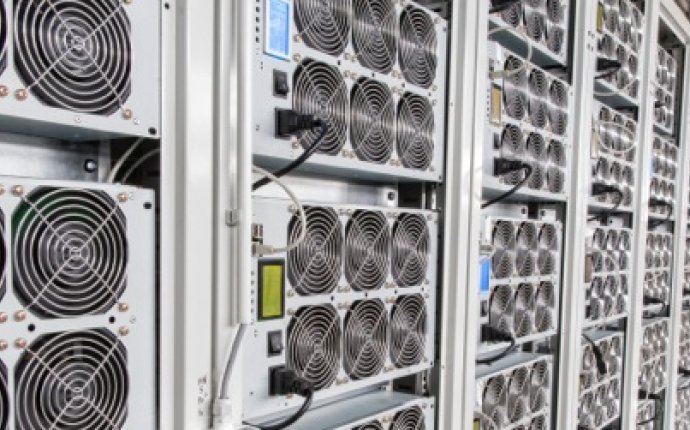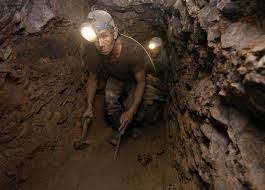
Bitcoin mining Works

No pick axe needed!
In traditional fiat money systems, governments simply print more money when they need to. But in bitcoin, money isn’t printed at all – it is discovered. Computers around the world “mine” for coins by competing with each other.
How does it happen?
People are sending bitcoins to each other over the bitcoin network all the time, but unless someone keeps a record of all these transactions, no-one would be able to keep track of who had paid what. The bitcoin network deals with this by collecting all of the transactions made during a set period into a list, called a block. It’s the miners’ job to confirm those transactions, and write them into a general ledger.
Making a hash of it
This general ledger is a long list of blocks, known as the block chain. It can be used to explore any transaction made between any bitcoin addresses, at any point on the network. Whenever a new block of transactions is created, it is added to the block chain, creating an increasingly lengthy list of all the transactions that ever took place on the bitcoin network. A constantly updated copy of the block is given to everyone who participates, so that they know what is going on.
But a general ledger has to be trusted, and all of this is held digitally. How can we be sure that the block chain stays intact, and is never tampered with? This is where the miners come in.
When a block of transactions is created, miners put it through a process. They take the information in the block, and apply a mathematical formula to it, turning it into something else. That something else is a far shorter, seemingly random sequence of letters and numbers known as a hash. This hash is stored along with the block, at the end of the block chain.
Hashes have some interesting properties. It’s easy to produce a hash from a collection of data like a bitcoin block, but it’s practically impossible to work out what the data was just by looking at the hash. And while it is very easy to produce a hash from a large amount of data, each hash is unique. If you change just one character in a bitcoin block, its hash will change completely.
Miners don’t just use the transactions in a block to generate a hash. Some other pieces of data are used too. One of these pieces of data is the hash of the last block stored in the block chain.
Because each block’s hash is produced using the hash of the block before it, it becomes a digital version of a wax seal. It confirms that this block – and every block after it – is legitimate, because if you tampered with it, everyone would know.









